i will be available below where you have defined it, unless you close off the scope, like:
(function(){
for(var i=0; i<10; i++){
}
})();
console.log(i); // undefined
This should not matter though, because as long as you are using other loops below you can use the same increment variable (with the exception of nested loops), which will overwrite the other one. A problem could arise when you have a loop where you forget to use the keyword var. Always use var would be my recommendation. A closure is not usually necessary.
In a nested loop you can use the same increment variables again like:
for(var i=0; i<10; i++){
for(var n=2; n<44; n+=2){
}
}
// feel free to use `i` and `n` again
Or loops like this:
var ar1 = ['a', 'b', 'c'];
for(var i=0,l=ar1.length,n=0; i<l; i++,n+=2){
}
// feel free to use `i`, `l`, and `n` again
Personally, I find it a best practice to reserve vars i, n, c, and q for counters and l for length. Then I don't use them elsewhere, besides in loops.
